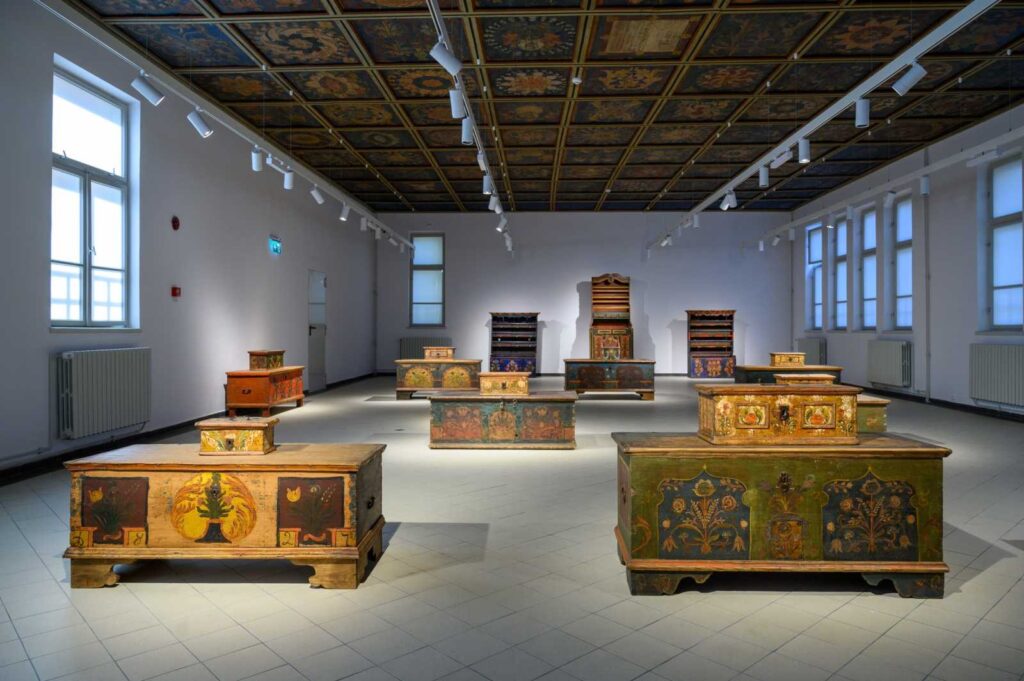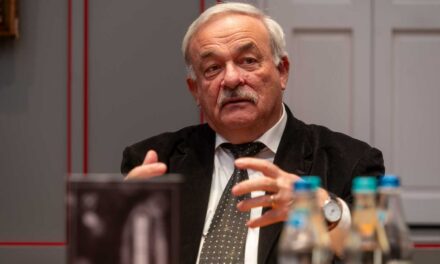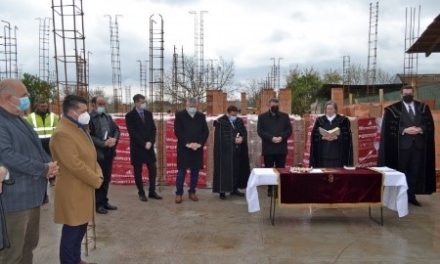The renovated Székely National Museum opened on Thursday in Sepsiszentgyörgy. Director Mihály Vargha said at the opening ceremony: they want a museum that speaks not only to the mind, but also to the heart, that not only enlivens the visitors, but also the entire Transylvanian Hungarian community, and also offers an alternative for quality leisure time.
The renovated Székely National Museum in Sepsiszentgyörgy couldn't be more Székely: the foundation wall and plinth of the 111-year-old building are made of stone from Órkö, the brick comes from Prázsmár, the tile comes from Bodok, the white marble comes from Gyergyószárhegy, and the wood comes from the forests of Kommando and Zabola.
The headquarters of the largest public collection beyond the Hungarian border, designed by Károly Kós, reopened its doors to visitors on Thursday after four years of renovation. It was said that
the founder of the museum, Emília Csereyné Zathureczky, not only bequeathed her wealth and collections to her compatriots, but also the task of preserving, protecting and expanding them.
Director Mihály Vargha said in his welcome speech: the renovation is another milestone in the history of the museum, since "everything from the drainage structure to the roof structure, from the building mechanics to the museum park" has been renewed.
He called it gratifying that they were able to solve the works with local companies, avoiding the pitfalls typical of EU investments in Romania. He thanked the museum's employees for working as a real team. For them, the brigade of work follows - he said - the renovated halls must be filled with content that has a clear message for both local and foreign visitors and appeals to young people as well.

Photo: Levente Vargyasi / maszol.ro
Sándor Tamás, the president of the Kovászna County Assembly, which maintains the institution, called the museum "one of the strongest cultural powerhouses" in Székelyföld.
"Károly Kós was able to masterfully capture the essence of the force field of our homeland, the Székely landliness, and condense it into this building"
- He told.
He emphasized: the Transylvanian Kós consciously called the institution the Székely National Museum, which "represents Székelyness both in its spiritual and physical qualities". It was made with local materials and local labor, just like the renovation, which according to him is "completion", since the entrance gate and well dreamed up by Kós have also been completed. He thanked the team of the county government and the professionals for their persistent work and asked the guests to spread the word that the museum has been reborn.

Based on the 1933 design of Miklós Bánffy, who was born 150 years ago, András Makkai created the glass window depicting Prince Csaba in the main stairwell of the building designed by Károly Kós. Photo: Facebook / László Simon
Réka Brendus, head of the National Policy State Secretariat of the Prime Minister's Office, also emphasized that the Székely National Museum is more than a public collection. "This place is the home of the heritage, everyday life, life work, birth and glory of the Székely nation. And even more than that. It is the sanctuary of the preservation of Székelyness," he said.
He believed
many people visit it not only to see a historical object or to admire the famous cannon, but also to be recharged by the strength of a nation hardened by the storms of the past, to draw an example to find the right path as an individual and as a community.
Simon László, the director general of the Hungarian National Museum, recalled that the nation's important institutions were created thanks to the donations of wealthy and self-sacrificing Hungarians, they are due to the "generous self-will". But the building and the artefacts preserved in it are about more than we first think, he said.
"The existence, renewal, material and spiritual growth of the Székely National Museum is a kind of indicator of what our fate will be in the Carpathian Basin," he declared. As long as the institution flourishes, the Hungarian nation lives and flourishes in its ancient homeland, Transylvania, added the director, who also highlighted the importance of cooperation between the two "national museums".
On behalf of the Romanian Hungarian Democratic Union (RMDSZ), István Székely, executive vice president responsible for social organization, spoke about the social role of museums. Mentioning the institutional foundations in Székelyföld, he believed that the young people here no longer need to "hold a walking stick" and that the Székely National Museum should help them reach back to their authentic roots as a flagship of spiritual effervescence.

Photo: Levente Vargyasi / maszol.ro
The renovation of the museum in Sepsiszentgyörgy has expanded the exhibition space by 30 percent, and the exhibitions are made attractive to young people with multimedia tools. Marriages will take place in the reopened chapel, and concerts and family events will be held in the garden, which has been transformed into a dendrological park.
The total investment cost 24.7 million lei (1.9 billion HUF), about 32 percent of the costs were provided by the Kovászna county municipality.
MTI / civilek.info
Cover photo: Levente Vargyasi / maszol.ro













